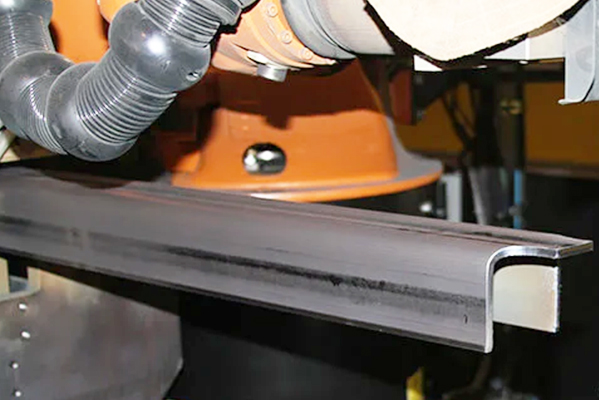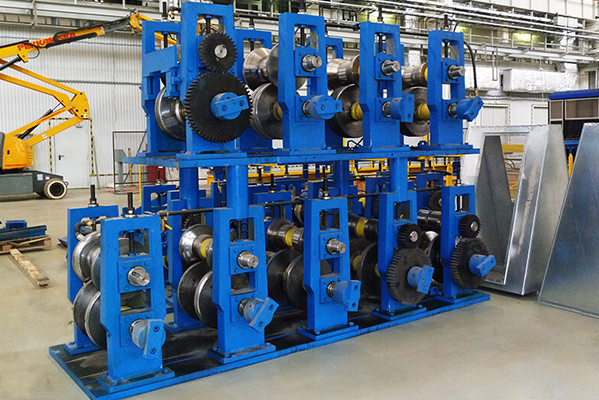Navigation Menu
Contact Us
- Email:
- info@wxavatar.com
- Address:
- Yurong Village, Yuqi Street, Huishan District, Wuxi, China.
Release Date:Jul 09, 2025 Visit:134 Source:Roll Forming Machine Factory
Heavy-gauge roll forming equipment presents a compelling solution for manufacturing railcar roofs and sidewalls. This advanced industrial process offers significant advantages in producing the large, complex, and durable components required for modern rail transportation.

Precision and Consistency
One of the primary benefits of utilizing heavy-gauge roll forming for railcar components is its ability to deliver exceptional precision and consistency. The roll forming process progressively shapes metal coils into desired profiles through a series of rollers. For the robust materials typically used in railcar construction, this method ensures that each roof and sidewall panel adheres to exact specifications, minimizing variations and improving overall quality. This consistency is critical for efficient assembly and the long-term structural integrity of the railcars.
Material Handling and Efficiency
Handling the substantial sheets of metal necessary for railcar production can be challenging with traditional methods. Heavy-gauge roll forming equipment is specifically designed to manage large material thicknesses and widths, streamlining the manufacturing process. This capability translates into improved operational efficiency, as continuous feeding and forming reduce the need for multiple handling steps and discrete operations. The result is often a faster production cycle and optimized resource utilization.
Structural Integrity and Design Flexibility
The controlled and gradual forming inherent in the roll forming process contributes to the enhanced structural integrity of the final products. Unlike some other forming techniques, roll forming introduces less stress into the material, which can be particularly beneficial for components subjected to the demanding operational conditions of railcars. Furthermore, the adaptability of roll forming allows for considerable design flexibility. Manufacturers can produce intricate profiles, integrated stiffeners, and custom shapes directly within the forming process, eliminating the need for additional fabrication steps and potentially reducing material waste. This flexibility supports innovative railcar designs that prioritize both performance and longevity.
Cost-Effectiveness at Scale
When it comes to high-volume production, heavy-gauge roll forming can be a cost-effective manufacturing method. The automated nature of the process, coupled with its ability to produce long, continuous parts, reduces labor requirements and material scrap. For the consistent demand for railcar components, investing in such equipment can lead to substantial long-term operational savings and improved competitive positioning in the market.

In conclusion, heavy-gauge roll forming equipment is well-suited for the production of railcar roofs and sidewalls. Its ability to deliver precision, handle challenging materials efficiently, enhance structural properties, offer design versatility, and provide cost advantages at scale makes it a valuable asset for manufacturers in the rail industry.